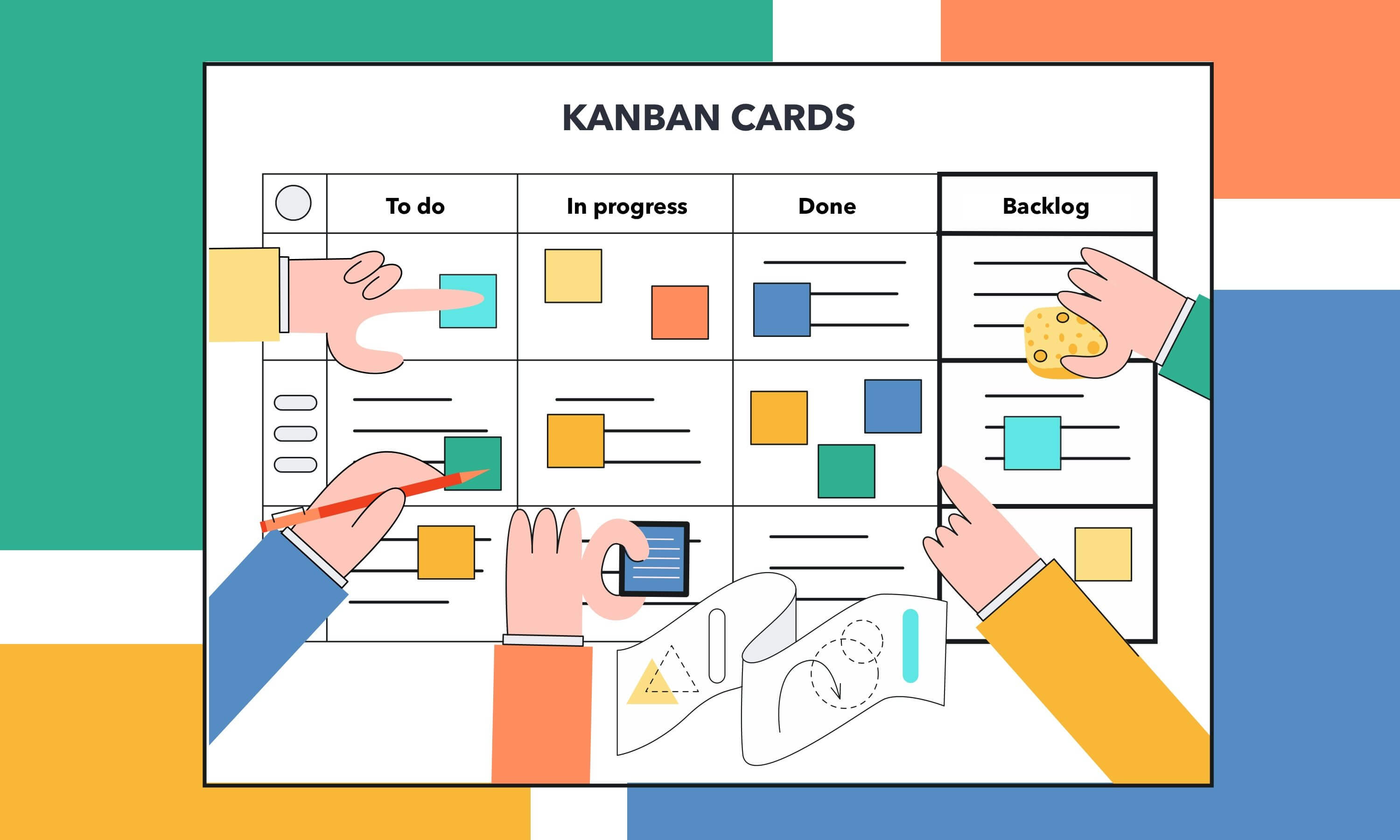Refactoring in Extreme Programming

Most of modern software developers are used to keeping their code intact after they write it. They do not want to change anything until it works. The old code may have some bugs or other flaws, but they will still use it because they don’t want to work on its improvement. In Extreme Programming things go differently. It is an Agile method and so flexibility is its main feature.
Extreme Programming is flexible in everything, including changes in the initial code. Usually, developers call such changes refactoring. In this article, we will tell you about refactoring in Extreme Programming and describe the main principles of its work.
Before describing the XP concepts of refactoring we will find a proper definition for it
Refactoring is a practice of software development that allows you to improve the code without changing or breaking its functionality. It is aimed at simplification. The code should be as simple as possible to find all the bugs and to make it easy to change something in the process of project’s performance. Refactoring is especially necessary in Extreme Programming and other Agile projects because they require strong customer involvement into the working process. If the client wants to change something in the final product, the team should make these changes as fast as it is possible. XP code refactoring allows you to achieve this goal.
XP concepts of refactoring and Pair Programming
Refactoring works very well in all XP projects, including those that are based on Pair Programming principles. Two persons can refactor the initial code even more efficiently than just one employee.
Goals of refactoring
The main goal of refactoring is to make your initial code simpler. Usually, the code becomes more and more complex during the process of software development. That is because of the fact that the developers have to integrate each new task with the previous code. While doing that, they can realize that the initial code is not perfect. Refactoring is the best way to avoid this problem.
The process of refactoring must be constant. If you want to simplify your code and improve it, you must integrate refactoring into your daily routine. It will be hard and almost impossible to refactor your initial code at the final stages of work. You will have no time to work on its improvement and the bugs and flaws may appear in the final product. Moreover, if the customer asks to change something after the product will be ready, it will be hard to make it if your code is not simple enough. Hence, it is necessary to conduct refactoring of your code from the very beginning of the project.
Now let’s look at the typical process of refactoring. Like any other process of software development, it can be subdivided into several stages or steps.
Step 1: Find a proper working test for a part of the code you want to refactor
This is an important part of the XP refactoring process, because if you don’t have a test for a feature you want to refactor, you may ruin the entire structure of your product. Such an approach will allow you to get the most from the process of refactoring.
Step 2: Conduct refactoring
The process of refactoring is conducted at this stage. It involves code simplification and improvement.
Step 3: Test the unit that was refactored
After the procedure of refactoring is finished, the unit of your product should be tested to make sure that it works properly. It is the most important part of refactoring.
Step 4: Repeat the above-mentioned procedure for other units
After you finish the procedure of refactoring, you should repeat it for other units of your product until it is fully refactored.



